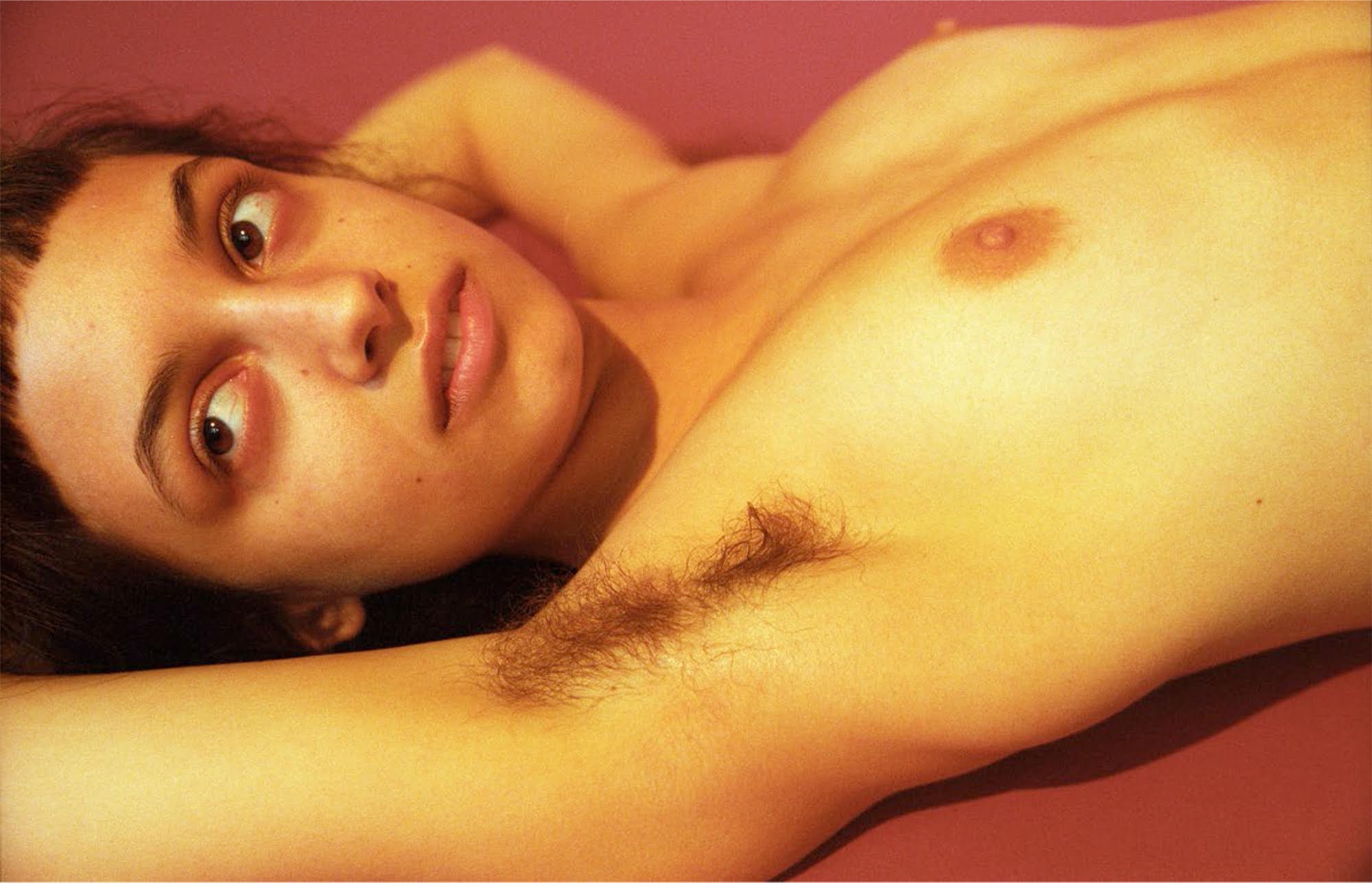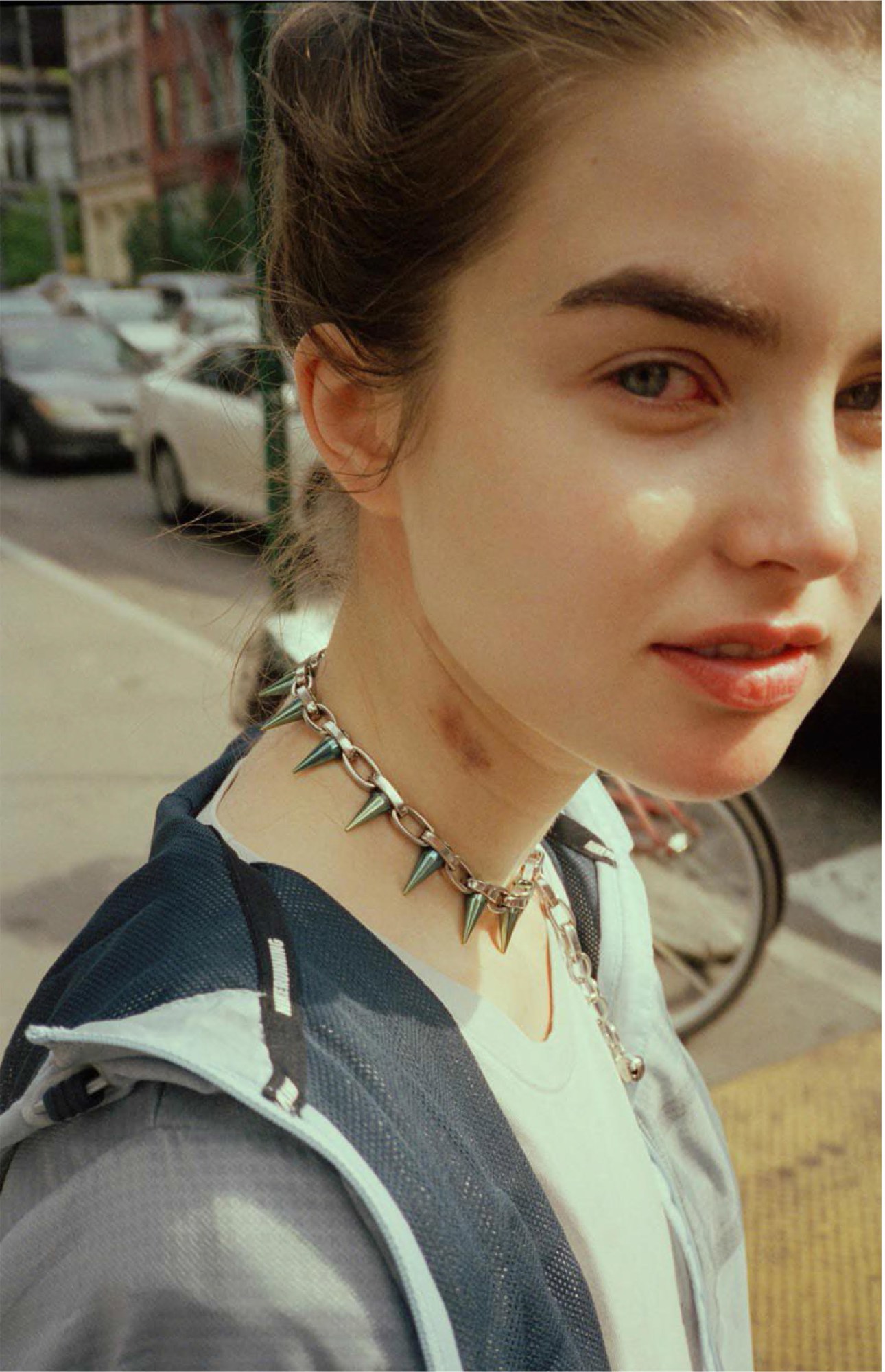Of all the young photographers in New York, few capture the city’s essence quite like Chad Moore. His work combines the energy of Manhattan with a European romanticism, documenting his group of friends as they laugh and cry their way through the endless cycles of growing up. In his former incarnations as a BMX biker and one of Ryan McGinley’s mythical assistants, Chad became a devoted student of youth. His latest show, Climate of Possibility,opens this week in Paris at the &co119 gallery. Alongside the show he is also releasing a new book, Bridge of Sighs, a collection of photographs that see 29-year-old Moore moving away from the colorful hedonism of his earlier work towards a more mature, contemplative aesthetic.
Captured on his Contax T3 and Leica R8, the images comprise a mixture of portraits and landscapes, ranging from more intimate 8 x 10 prints, to the larger 40 x 60 works. Although not directly linked, the book will be released concurrently with the exhibition, and he chose the photos in collaboration with both the publisher and the gallery curator. “It’s really interesting to see how when you give the work to someone who isn’t connected to the subjects, they can tell you why something is really good, or why some pictures don’t mean anything to anyone but you,” explains Moore.

These new pictures, like a shot of a couple locked in an embrace or a picture of a distant planet, signal a reaction to the nonstop pace of modern life. Moore says that in his work, “youthfulness is not as important as a youthful spirit; it’s more about a punk rock state of mind.” Certainly the images have an undertone of quiet rebellion. “A lot of people love the pictures with all the colours, with a lot of action going on,” explains Moore, “but I thought it would be nice to make a book that was just really the in-between moments, no fancy lighting, just the picture of the subject.” We talk intimacy and age with Chad on the eve of his opening.

How important is the theme of intimacy to you?
Really important. I’ve been photographing the same people for so long that I can be intimate with them, and people trust me. The people in my pictures know where the work ends up, what I’m doing with it and why I’m doing it. In a photo you can always tell if the subject trusts the person who’s taking their picture or not — it’s in their eyes.
You’re nearing 30 — do you think that the approach of this milestone has affected your work?
Kind of, although I never really think about age that much. I always take pictures of the same people, so it’s really about growing older with them. I think when you get older, especially taking pictures, you hone in on what’s important to you, you have a better focus.
The only thing is that a lot of my pictures aren’t staged, so I’m not around so many situations that are in my photos. So the past year or two has been figuring out how to recreate them, how to set up scenarios to allow things to unfold. There’s a picture in the book of this couple making out. I asked around some friends, and they suggested this couple, and so I went to their house and hung out for a day, and took pictures of them.
That’s the only thing that’s really changed; not wanting to wait around for pictures to happen. I want to go create them.

Some of the subjects in the photos will be recognizable on the basis of their own public profile. Do you think that this recognition changes the viewer’s perception of the image?
I’d rather people not recognize the people in the pictures, as then they can relate to the picture in their own way. If you can have this obscured image of someone laughing, crying, making out, you can create your own story for it, so it’s better if that person is not immediately identifiable. But that said, I take pictures of a lot of the same people, but they’re just the characters in my pictures.
You and your friends are a very close-knit group. How does this proximity affect your work? How much of your work is about you and how much is it about the people in it, or the viewer?
With the book, it’s showing the ups and downs of a person in their twenties living in New York. It’s not just the people I photograph — I think that everyone living in a major city feels the same way. But my pictures are super personal and I get really obsessed with photographing people. I don’t know if it’s because one day I feel like they’ll be gone, or that I’m so happy to have them in my life. I feel like by constantly taking pictures of them, it’s my only way of showing admiration for someone.
That’s why I take pictures. It’s only for me and my friends. It’s for people to see what they were doing at a certain time. I love having an archive of every person I know, looking back how things have changed or haven’t changed.

The allusion to the “bridge of sighs” carries multiple interpretations. What does it mean to you?
I take pictures because I’m very romantic about things. It also represents the feeling of New York, like sometimes when it’s just SO hard to live there, and you just have to sigh. I feel like you have to have lived in New York to know that sigh, the “Oh, fuck this!”
What is your relationship to this collection of images? With the book, do you go back and look over it, or is its publication a kind of release, a letting go?
Both. It’s like anything in life, you look back and you would always have done something differently. It’s hard to divorce yourself from something you’ve spent so much time on, but I do have to just let it go at some point, give the baby away.

How do you feel the images in the show interact with one another as part of a collection? Would you still include an image if you thought it made sense to the collection, but perhaps less so as a singular image?
Yeah, totally, and a lot of gallery people find it difficult. But a lot of the pictures narrate; to relate the feelings and emotions of the pictures you have to include pictures that might not be purchased alone. I think it’s important to show the full range of everything, documenting the highs and the lows and the in-betweens, making a nice rhythm. If it’s all happy, it’s boring and if it’s all sad, it’s just depressing.
The book’s closing image is a shot of the iconic New York skyline. Can you describe the relationship between your work and New York?
I don’t have to be in New York to make pictures, it’s just a place that inspires me a lot. I travel a lot; I travel with my friends. I can make pictures as long as I’m with people I love.
‘A Climate of Possibility’ opens tonight at Galerie &co119 in Paris.
Credits
Text Georgia Graham
All images courtesy Chad Moore
